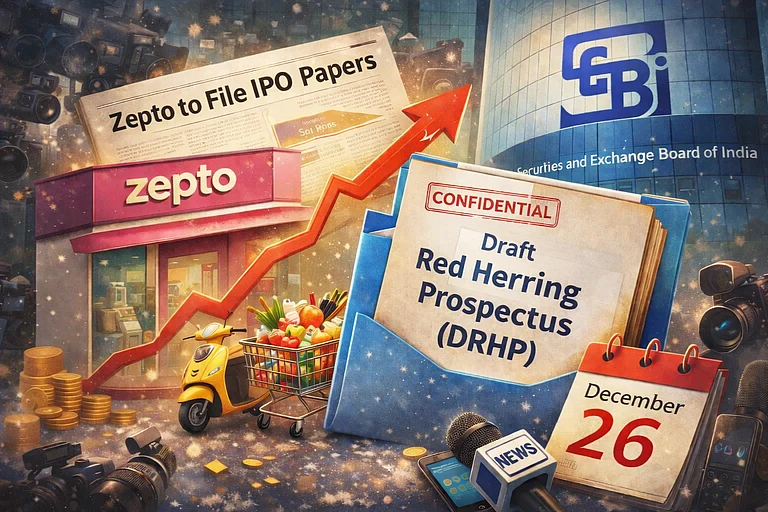HDFC Mutual Fund will launch a new fund offer (NFO) for its Business Cycle Mutual Fund from November 11 to 25.
The fund aims to invest in companies based on their business cycles or firms on the cusp or amid a favourable business cycle.
The scheme has no lock-in period but has an exit load of one per cent if the investment is redeemed within a year. Its benchmark is Nifty 500 TRI.
What Is A Business Cycle Fund?
Business cycles typically have four phases: expansion, peak, contraction, and slump. The HDFC Business Cycle Mutual Fund aims to take a stock position in the expansion and peak phases and may exit during the contraction and slump phases.
Product Positioning
Product positioning will change as per the variation in business cycles. The fund aims to identify the cycles across sub-sectors and enter and exit positions accordingly.
“So, you are taking a leap of faith in the fund manager to dynamically allocate across various businesses in year one, and year three may have different cycles. From an investor’s perspective, he doesn’t have to time his entry or exit from the product, which is important for the singular theme or sector funds for returns.
“But in this (scheme), the timing of the business cycle is left to the fund manager. Therefore, irrespective of the market situation, I think this is an evergreen product,” said fund manager Rahul Baijal.
How Is Business Cycle Approach Different From Pure Sector Play
A single sector could harbour multiple businesses in different stages of the business cycle. For example, the auto sector is divided into five parts: two-wheeler, four-wheeler, and three-wheeler cars, tractors and commercial vehicles, and electric cars. So, identifying the expansion and peak cycles of these sub-sectors for potential growth is the fund manager's task.
Macro indicators like domestic GDP growth, Inflation and Interest rates, policy environment, business confidence, geopolitical factors, and global growth (export potential) will be the core factors while filtering stocks.
It will monitor business-specific indicators like the growth outlook, market competition, and pricing power to identify stocks with growth potential.
Deployment
In the initial phase, the fund is expected to deploy 80 per cent of the fund’s capital beginning in December. It will allocate funds across the market cap with a focus on large-cap stocks, which have growth potential in a 50-90 ratio and 10-15 per cent weightage to the mid and small-cap stocks.













